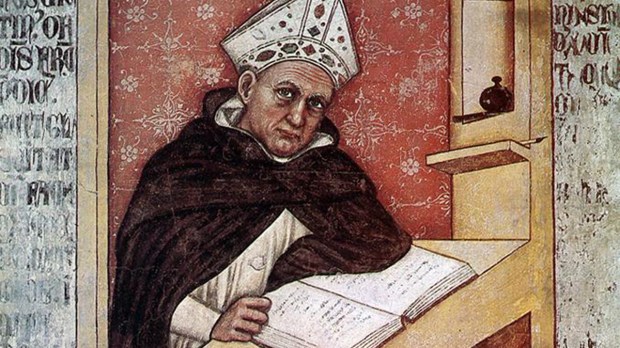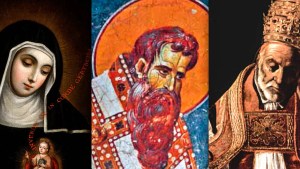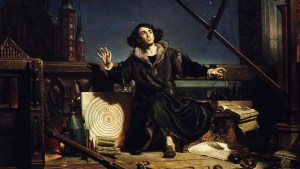The liturgy honors St. Albert the Great, an immensely influential theologian of his time, whose writings continue to guide the Church.
Pope Benedict XVI gave an excellent summary of his life during a general audience in 2010. He explained how he was even called “Great” during his life.
One of the great masters of medieval theology is St Albert the Great. The title “Great” (Magnus), with which he has passed into historyindicates the vastness and depth of his teaching, which he combined with holiness of life. However, his contemporaries did not hesitate to attribute to him titles of excellence even then. One of his disciples, Ulric of Strasbourg, called him the “wonder and miracle of our epoch“.
Faith and science
One of his largest contributions to Western Civilization is the reality that faith and science were compatible, even showcasing how scientists can embark on the path of holiness.
He still has a lot to teach us. Above all, St Albert shows that there is no opposition between faith and science, despite certain episodes of misunderstanding that have been recorded in history. A man of faith and prayer, as was St. Albert the Great, can serenely foster the study of the natural sciences and progress in knowledge of the micro- and macrocosm, discovering the laws proper to the subject, since all this contributes to fostering thirst for and love of God … St. Albert the Great reminds us that there is friendship between science and faith and that through their vocation to the study of nature, scientists can take an authentic and fascinating path of holiness.
This was a profound connection that wasn’t always welcome in medieval Europe. Faith was (and still is in some places) seen as something in opposition to science. However, St. Albert proves to us that we can look at the created universe and dive deeper into its mysteries.
Many scientists since then have been inspired by his example.
How many scientists, in fact, in the wake of St Albert the Great, have carried on their research inspired by wonder at and gratitude for a world which, to their eyes as scholars and believers, appeared and appears as the good work of a wise and loving Creator! Scientific study is then transformed into a hymn of praise.
One of his best known pupils was St. Thomas Aquinas, who would go on to shape the Church’s intellectual tradition in a radical way.
St. Albert’s “greatness” reminds us that everything can be surrendered to God and that even the sharpest minds of the world can (and should) see God’s beauty in their realms of study.



